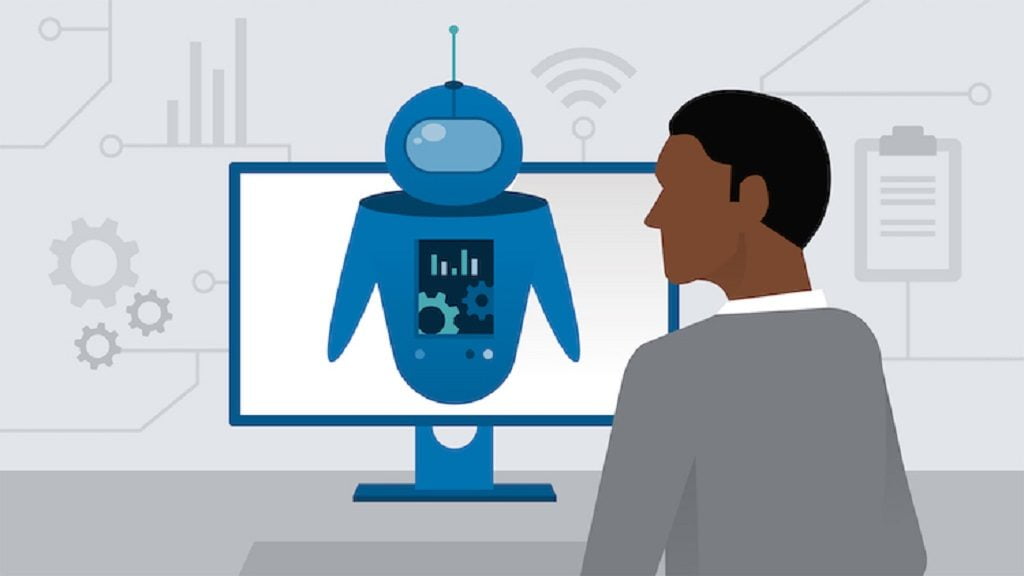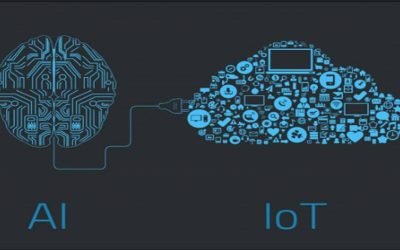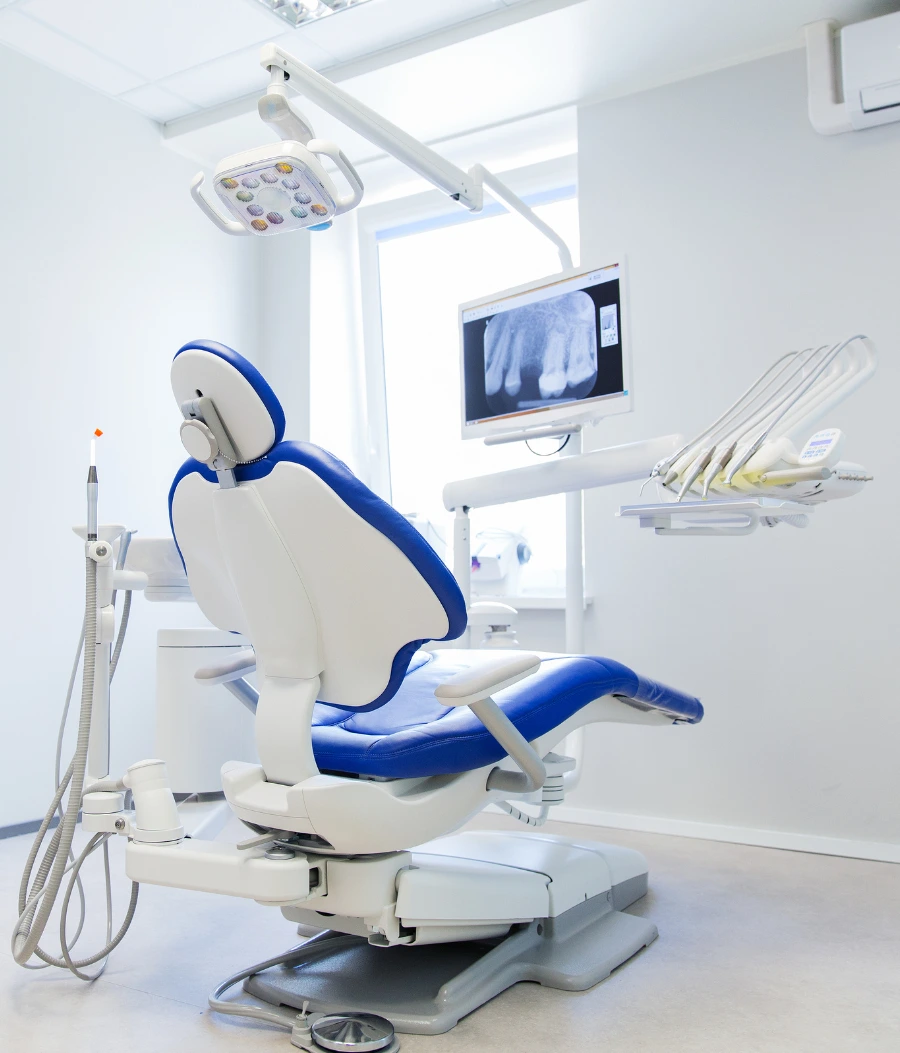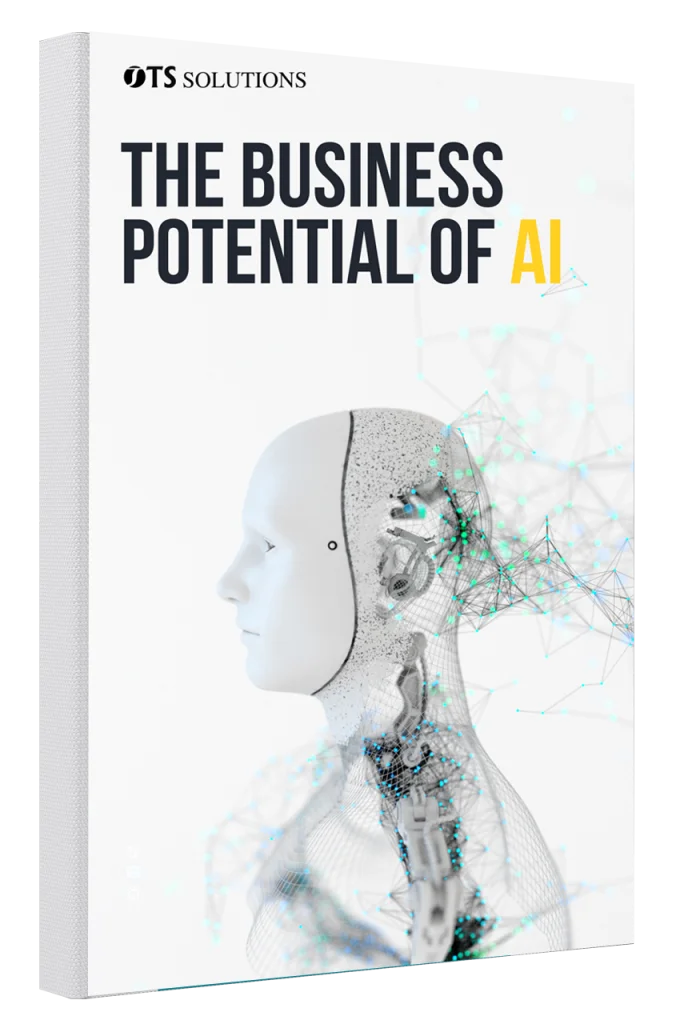The Combination Of RPA And AI Brings New Business Era
The Future of RPA Integrated with AI
Organizations are looking more and more into ways to automate their Information Technology (IT)-related tasks. Two fields that are being closely studied and assessed are the combination of Robotic Process Automation (RPA) and Artificial Intelligence (AI) into business and IT processes. Both approaches drastically reduce the amount of manual and (humanly) cognitive actions that must be taken to perform a variety of tasks within IT. With increasing technological challenges, a growing number of companies can create the most profitability and return on investment by complementing their RPA processes with one or more types of AI.
RPA
Robotic Process Automation (RPA) systems work through creating action lists based on the process that a user goes through while carrying out a task in the graphical user interface (GUI) of a computer application. The action list then allows the RPA system to repeat the actions that will complete the task without user input. These systems can reproduce human actions through pattern identification processes, speech recognition and machine vision. RPA is a very versatile method for handling automated tasks as it can work with any arrangement of data: unstructured, semi-structured and fully structured data.
RPA systems have similarities to testing tools for GUIs, but RPA-configured data can be interacted with across multiple programs and services. An example of this multi-program ability of an RPA system would be such a system being given an invoice email, automatically pulling out all relevant data from the email and then typing the information in an automated bookkeeping software. Such systems can be a cost-effective way to lower the barrier for using automation with IT products or services that may not typically work well with Application Programming Interfaces (APIs).
AI
Artificial Intelligence (AI) is often split up into a few differing kinds of frameworks or systems. These three are humanized AI, human-inspired AI and analytical AI. Humanized AI systems incorporate many types of human capabilities, including social, emotional and cognitive intelligences. These capabilities provide the capacity of the humanized AI system to be self-aware and self-conscious while in interactions with people and with tasks. Human-inspired AI can take in cognitive factors as well as human emotions while being engaged in the decision-making process.
Analytical AI works extensively through traditionally cognitive intelligence-related tasks such as learning from past occurrences to decide future actions and reaching a cognitive reframing of the world. AI has solutions in many areas, such as in business reasoning, forecasting trends, brand perception and data analysis. With more refinement and advancement, sophisticated AI systems should provide real gains in areas such as fraud prevention, natural language processes, CRM Software Solutions, customer conduct, data mining, logical business analysis and other areas.
Combining RPA and AI
RPA opened a floodgate of profitability opportunities that were missed due to the redundancies of users and others working in IT who had to perform the same types of actions manually. Its rise in use and in popularity has led to the spreading optimistic belief that a company’s processes can change without having to go through a complete reworking of a company’s frameworks. Combining automated RPA Solutions with AI will lead to increasingly automated business processes, beyond that of performing action tasks within GUIs.
This would lead to re-imagining of providing high-level functional considerations, statistics-based business decisions, sales predictions and CRM Software Solutions. Some circles within the IT industry call this combination Cognitive Robotic Process Automation, CRPA for short.
RPA Solutions together with AI technology can overhaul and automate your business’s cognitive and emotion-based processes. Interfacing these systems can mean adding the capabilities of speech recognition, machine learning and natural language processing into RPA procedures. In this setup, a human could be tasked with reviewing and reacting to the processes conducted by the joint RPA and AI system implemented within your business. Input from a human evaluator here would allow the system to learn over time how to work more and more independently and autonomously.
AI-infused RPA systems will be able to retrieve and assess a wealth of complicated data from vastly different sources and use highly-advanced processes to quickly evaluate business models, determine new trends and forecast notable outcomes.








